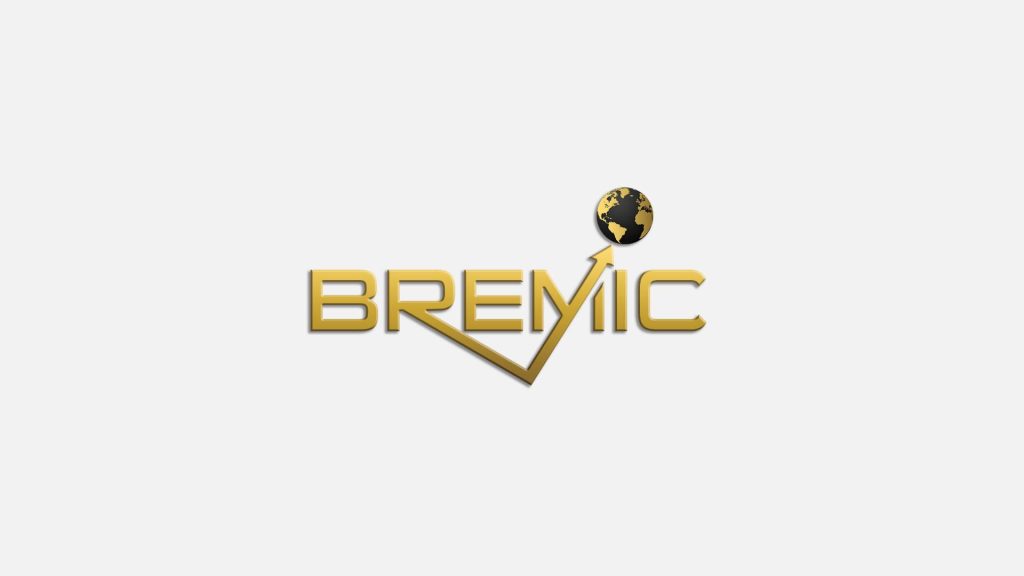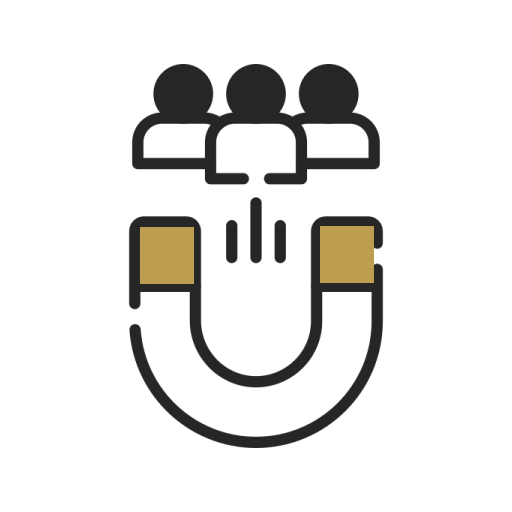The Ultimate Guide to On-Page SEO: Everything You Need to Know
With the fast-paced evolution of the digital world, search engines have become the primary source of traffic for most websites. Therefore, it is imperative to create content that ranks higher in search engine results pages (SERPs) and drives relevant traffic to your site. This is where on-page SEO comes in. In this blog post, we will dive into everything you need to know about on-page SEO and how to optimize your web pages for better ranking.
Keyword Research
The foundation of on-page SEO is keyword research. You need to identify relevant keywords and phrases that your target audience is searching for. There are several tools available to conduct keyword research, such as Google Keyword Planner, SEMRush, and Ahrefs. Once you have the list of relevant keywords, it’s crucial to use them strategically throughout your content, including the title tag, meta description, header tags, and body content.
Header Tags
Header tags (H1, H2, H3, etc.) break up the content into sections and give the reader a glimpse of what they can expect from each section. Using header tags and incorporating relevant keywords in them can have a positive impact on your search rankings. The H1 tag should contain the primary keyword, and the rest of the header tags should support the primary content’s structure.
Meta Description
The meta description is a brief summary of what the web page is about. Writing a compelling meta description that contains the primary keyword can entice the reader to click through to your site. The meta description does not directly affect search rankings, but it can influence click-through rates (CTR), which has an indirect effect on your ranking.
Content Optimization
The content on your web page is the most critical aspect of on-page SEO. Creating high-quality, relevant, and informative content that satisfies the user’s search intent is crucial for better search rankings. The primary keyword should be present in the first 100 words of the content and sprinkled throughout the rest of the content. It’s essential to avoid keyword stuffing and focus on creating content that provides value to the readers.
Image Optimization
Images can make your content more engaging and compelling. Therefore, optimizing images for on-page SEO can improve your search ranking. Use descriptive file names, alt text, and caption to describe the images’ content. Compress the images to improve page loading time, which is a crucial ranking factor.
Conclusion
On-page SEO is a crucial aspect of digital marketing that cannot be overlooked. Optimizing your web pages for better search ranking can drive relevant traffic to your site, which can lead to more conversions and revenue. The foundation of on-page SEO is keyword research, followed by header tags, meta description, content optimization, and image optimization. By incorporating these on-page SEO techniques, you can improve your search ranking and provide value to your readers. Keep in mind that on-page SEO is an ongoing process that requires continuous optimization and content quality improvement.
















